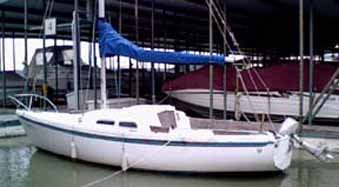vabobadams
Member I
This weekend got the courage up to cut the headliner out on my 1969 MK1 23
I found something very disturbing, the cabin top has no core to it:eek: , so on that, I started looking at the other parts of the the boat that would normally have a core to them ie the cockpit floor and seats and the transom NONE on all areas, this boat has no core material in it with the execption of the area where the mast is stepped on to me the boat is build very light I have stripped the paint off and you can see daylite thru the hull so it looks like wil not be restoring this on thinking of parting her out have have any ideas
Bob
I found something very disturbing, the cabin top has no core to it:eek: , so on that, I started looking at the other parts of the the boat that would normally have a core to them ie the cockpit floor and seats and the transom NONE on all areas, this boat has no core material in it with the execption of the area where the mast is stepped on to me the boat is build very light I have stripped the paint off and you can see daylite thru the hull so it looks like wil not be restoring this on thinking of parting her out have have any ideas

Bob

